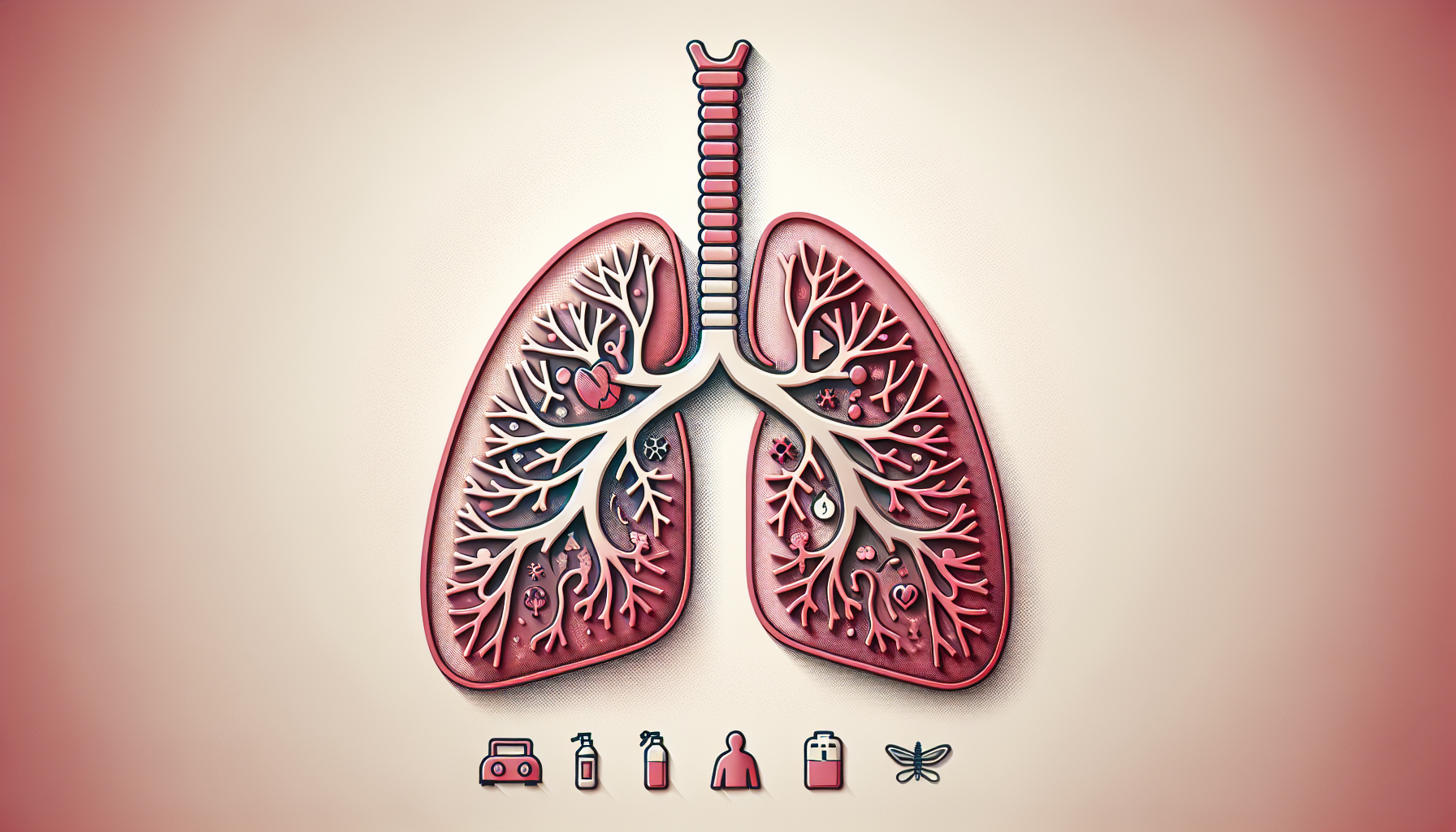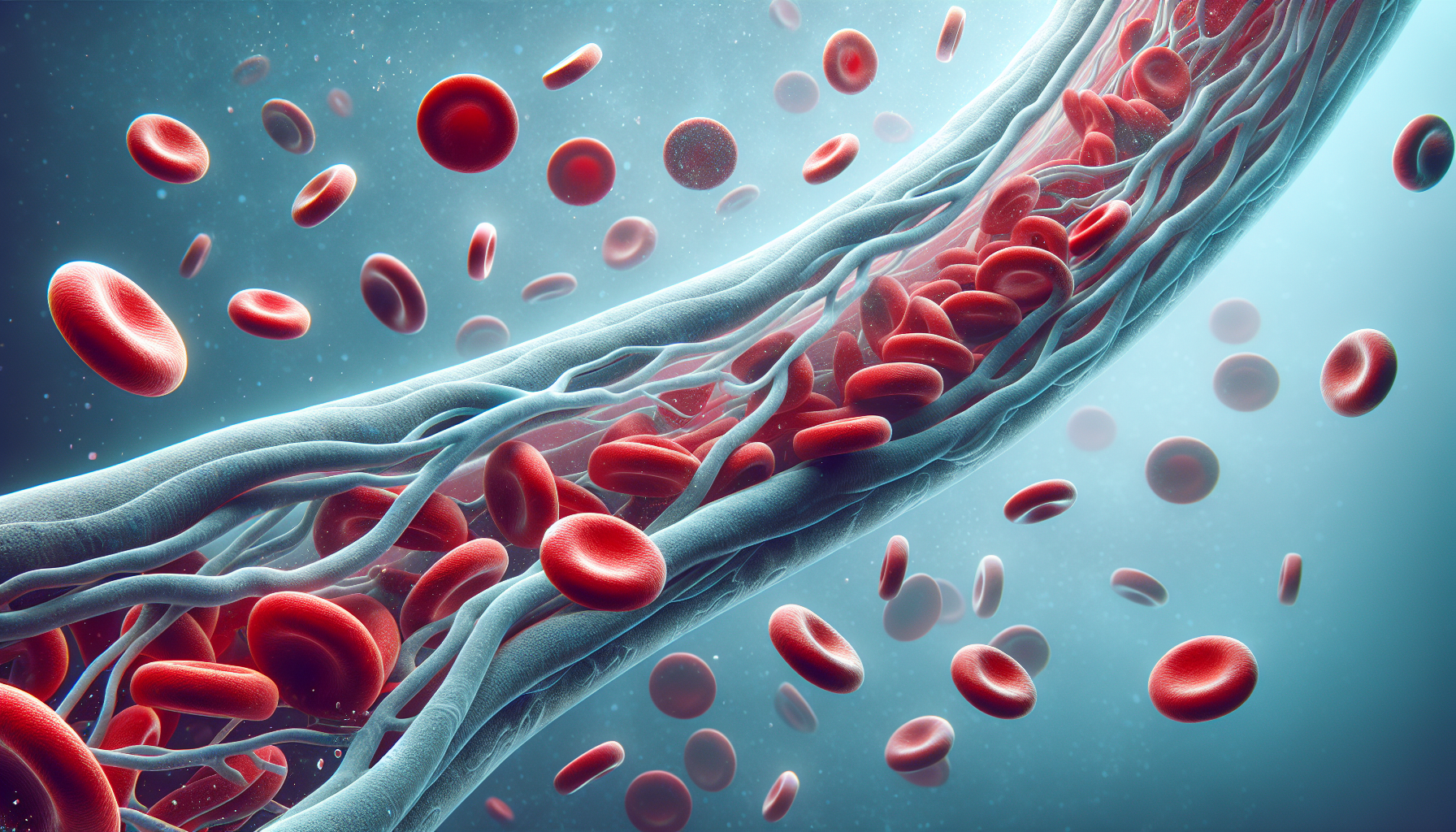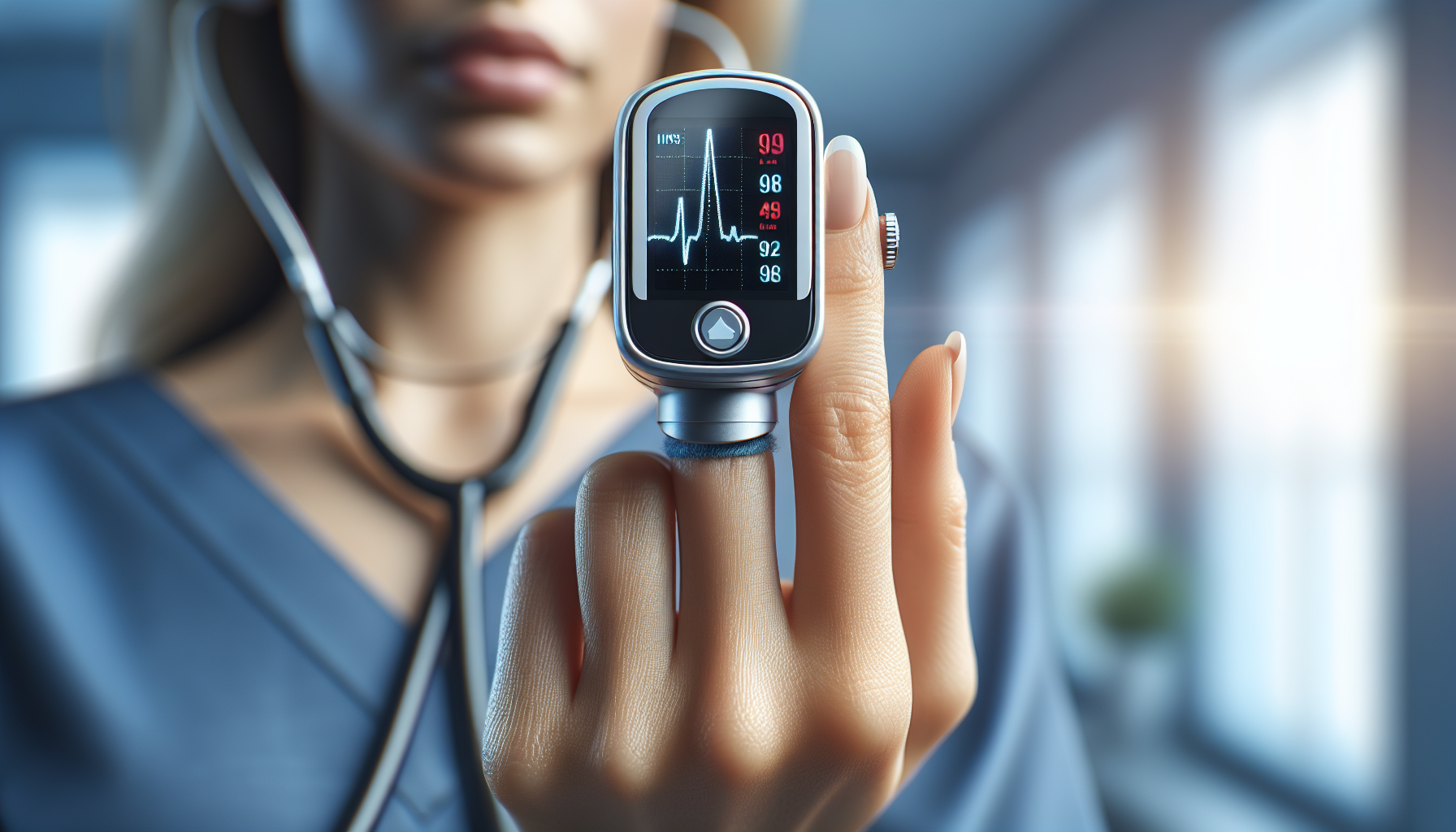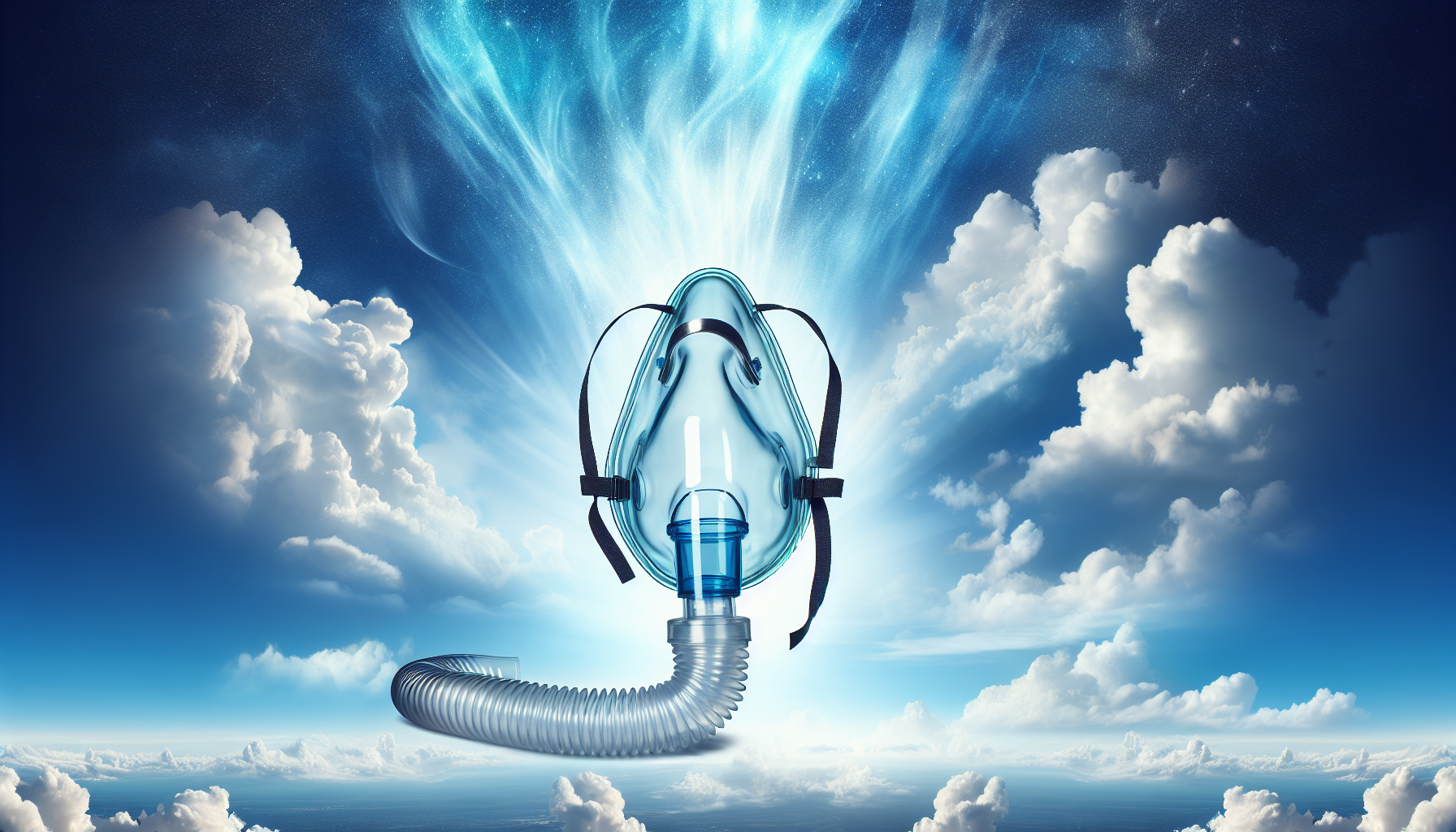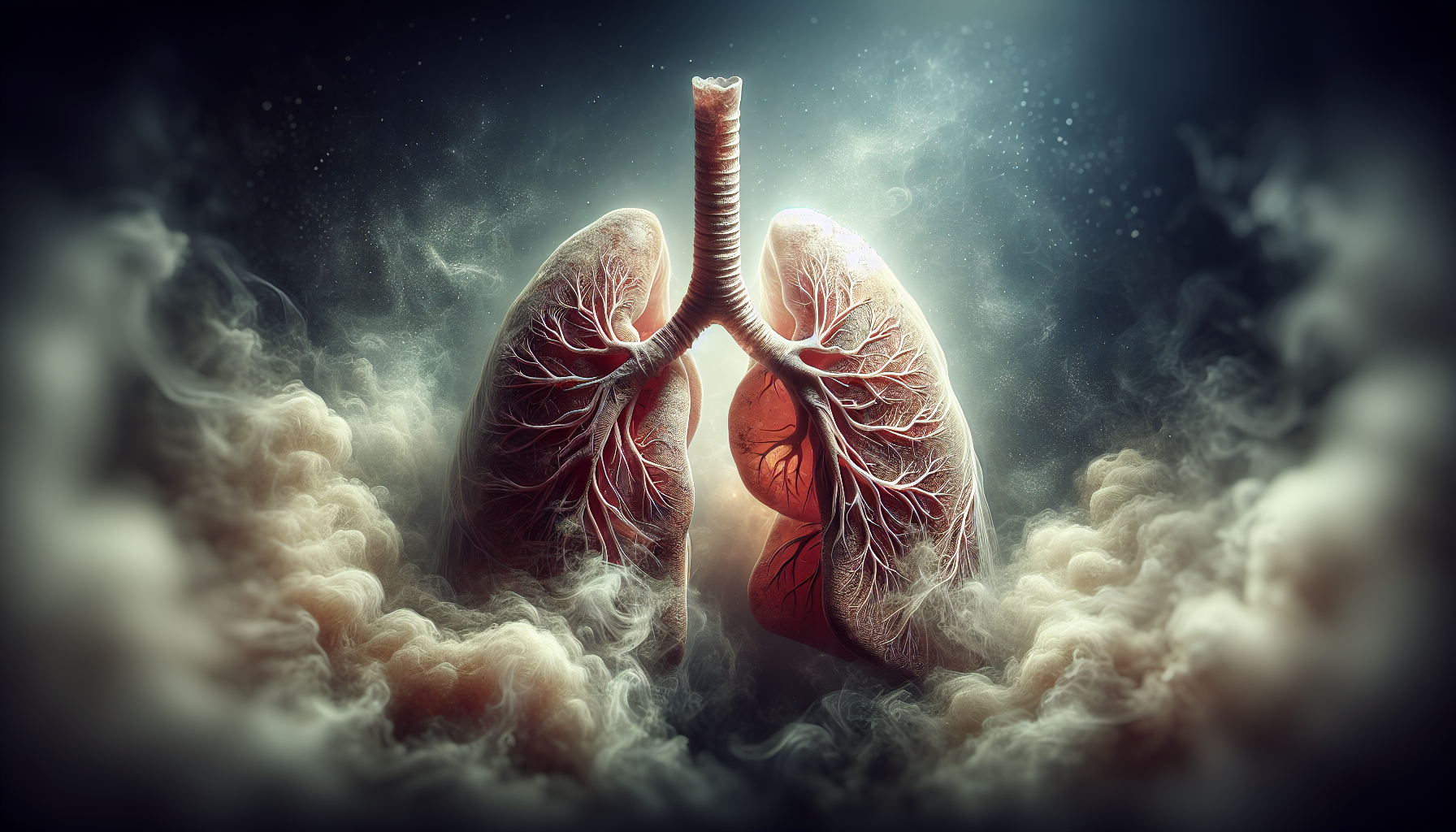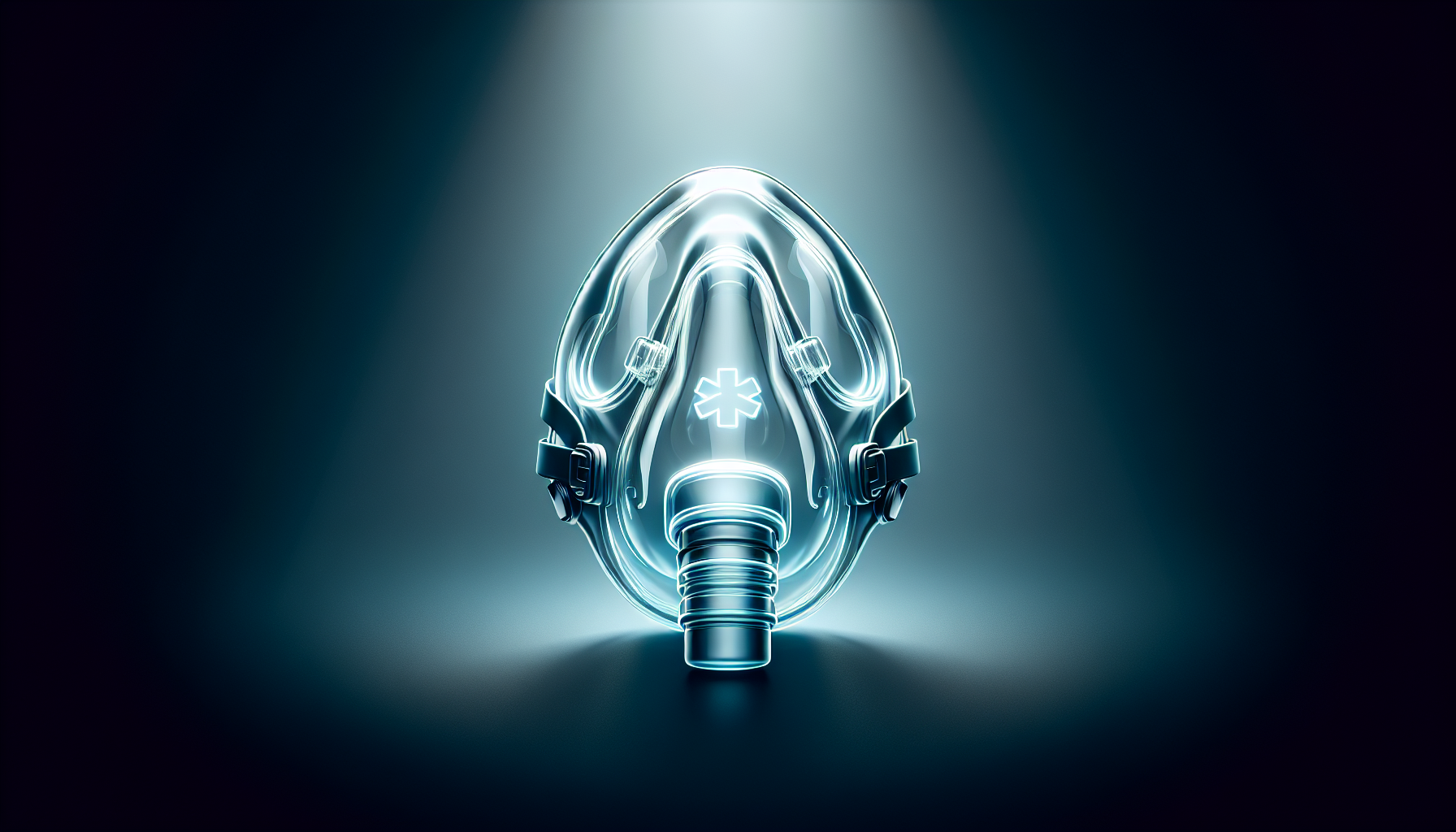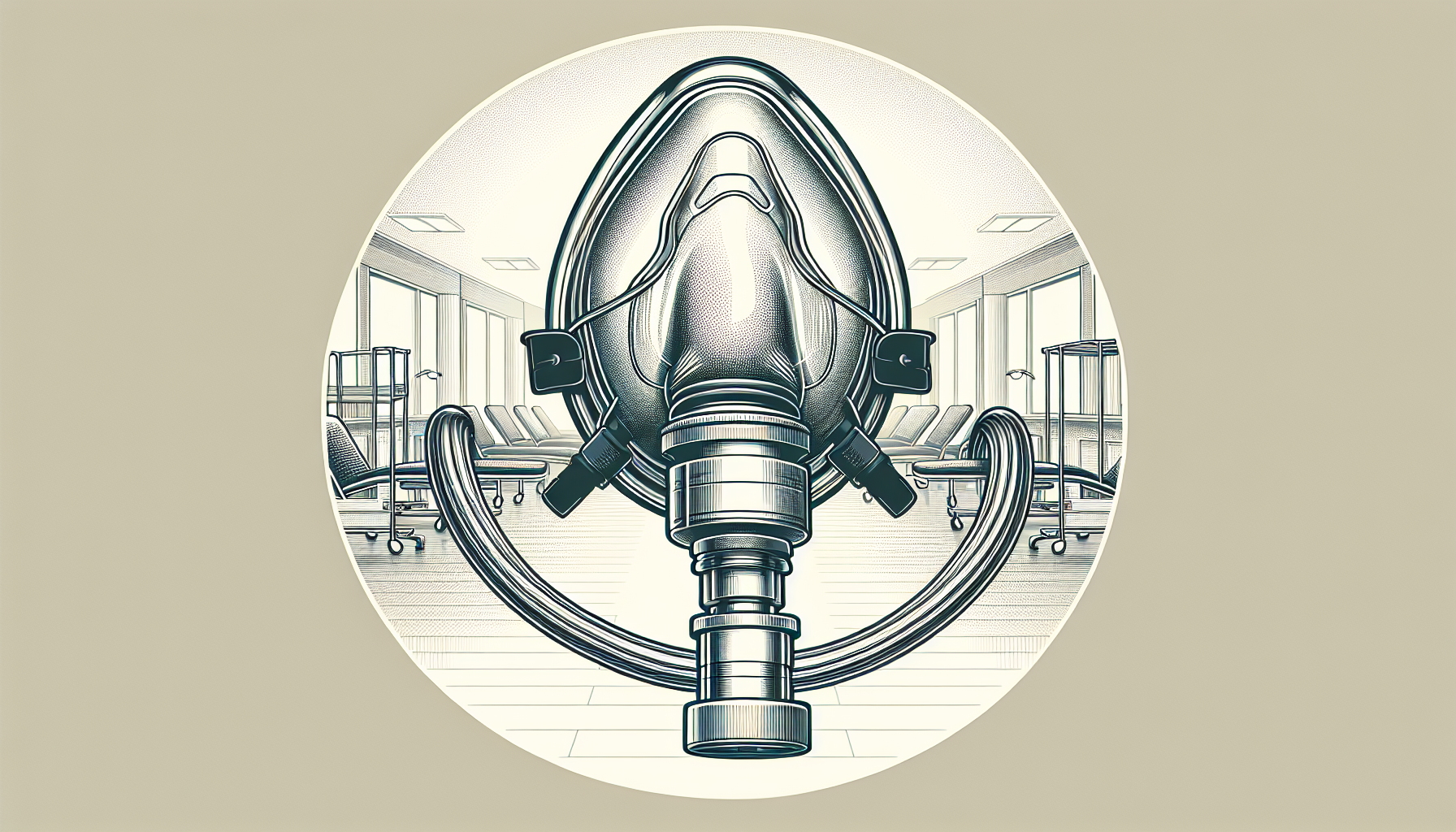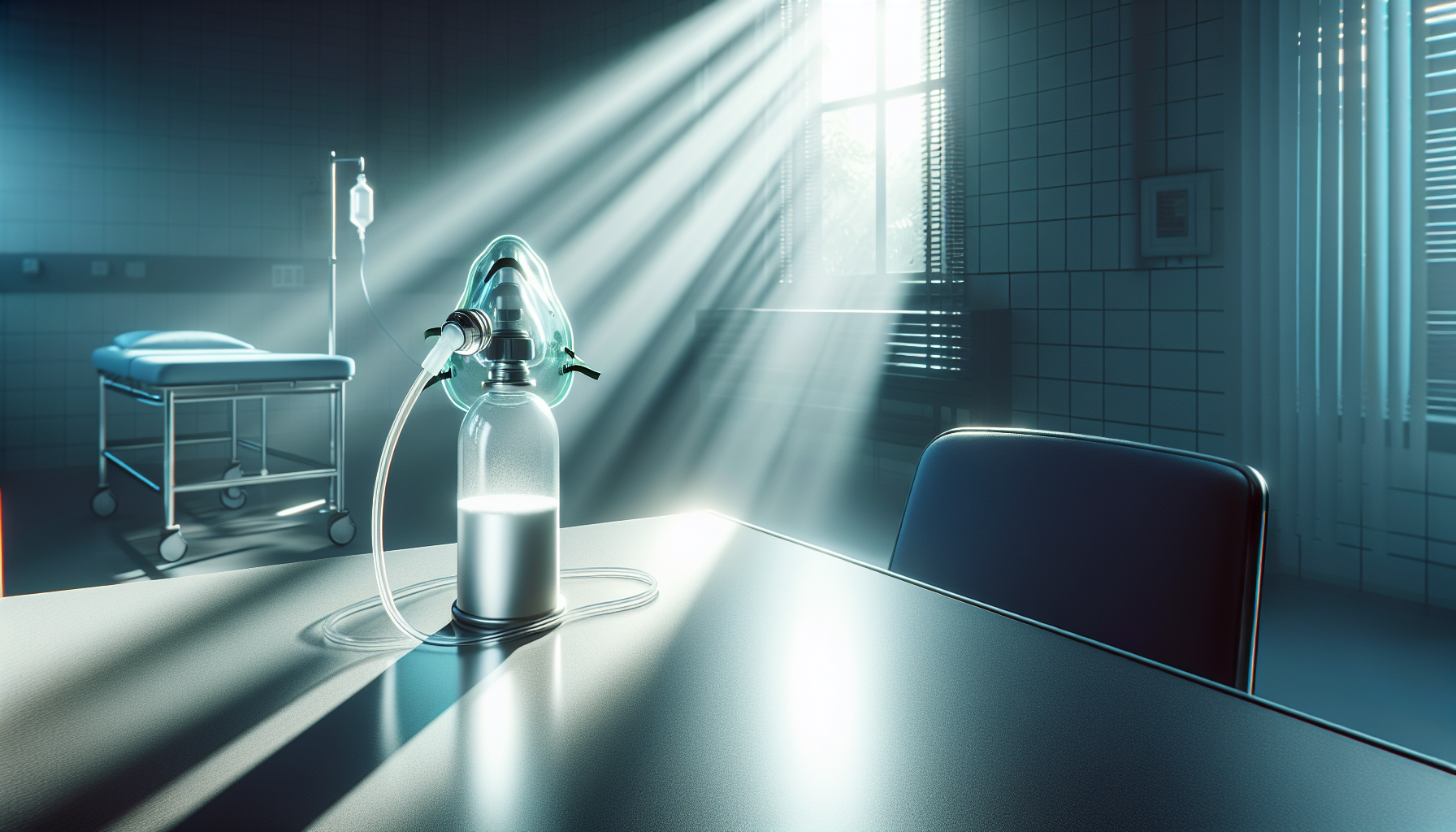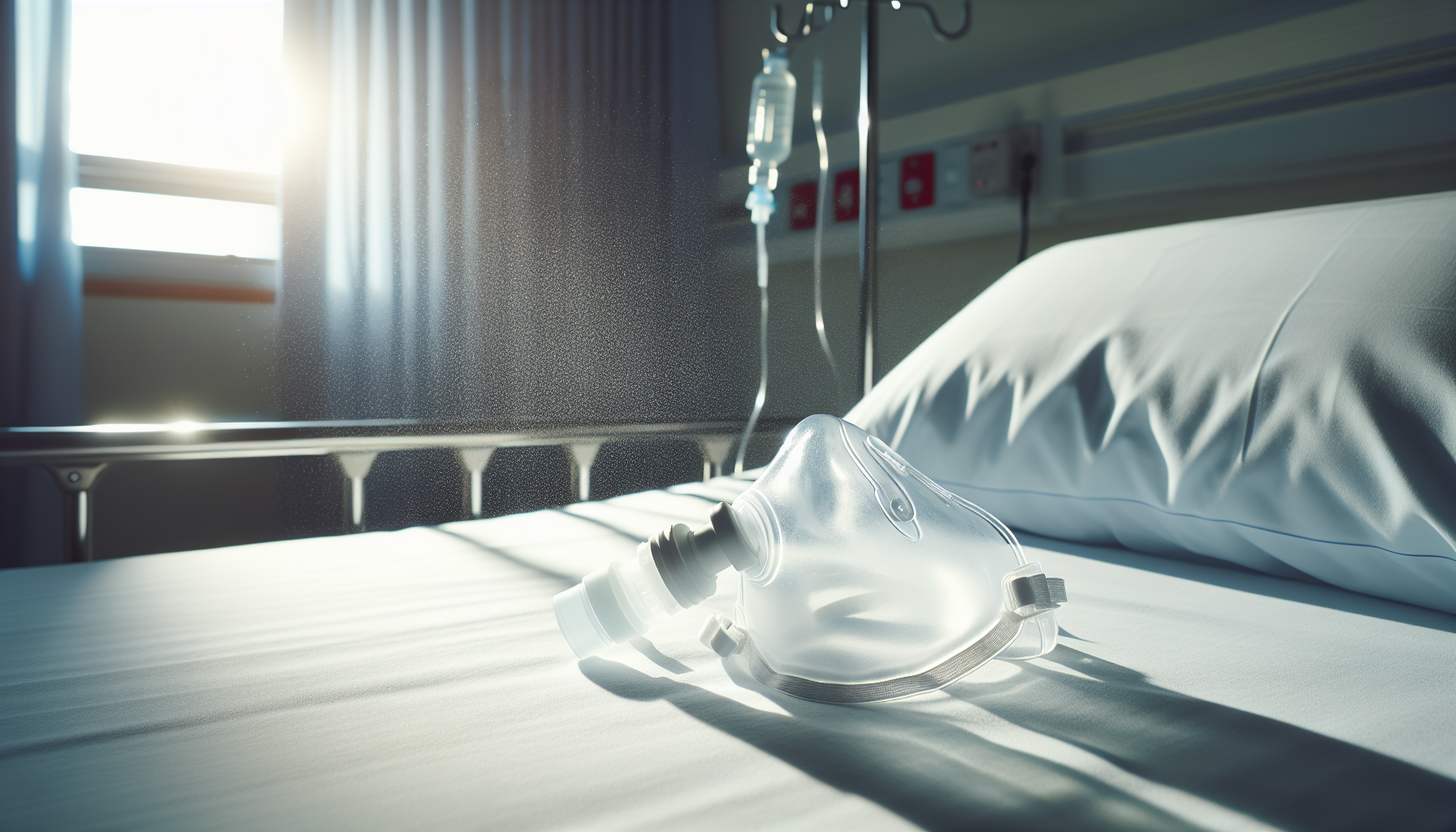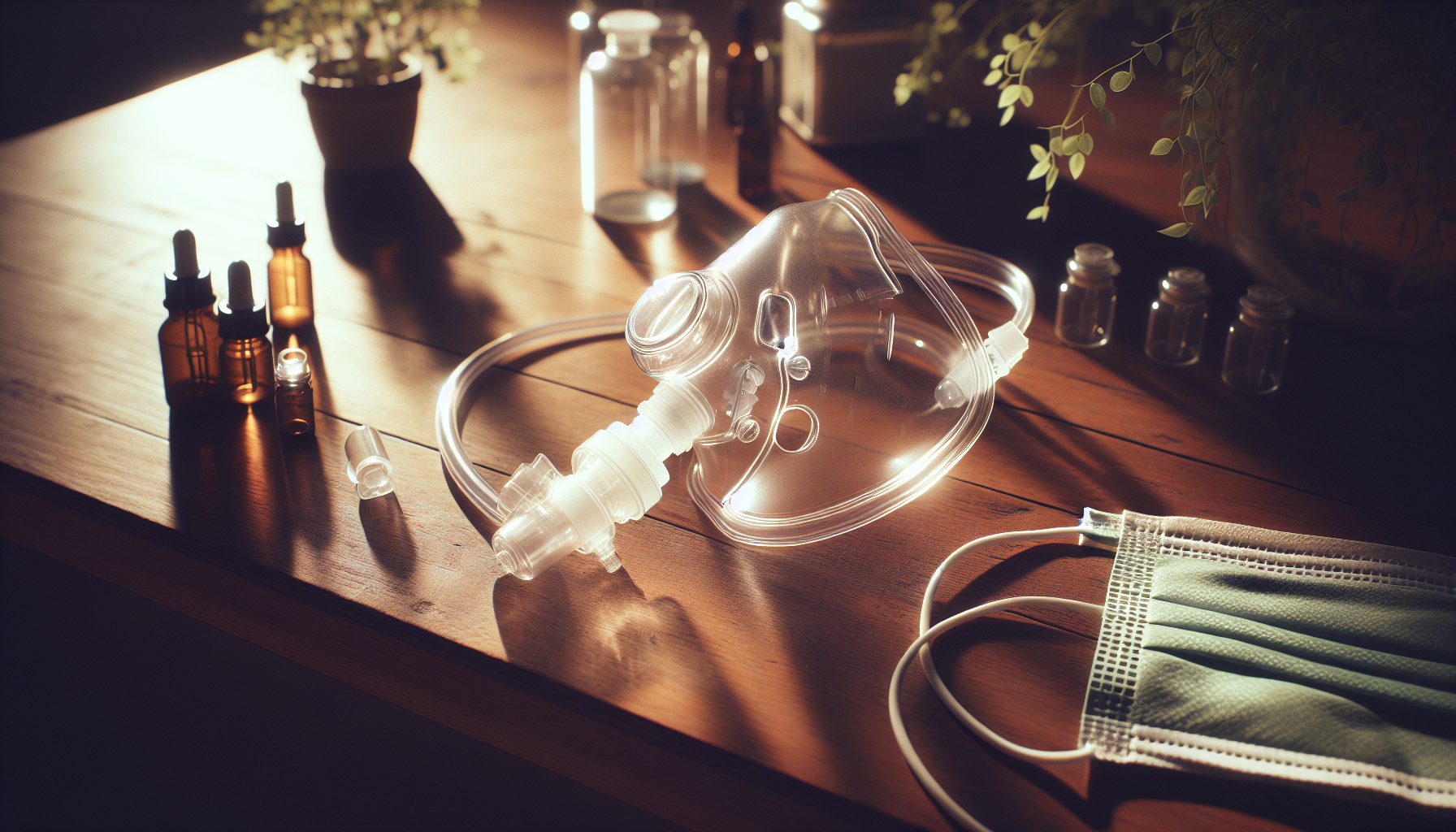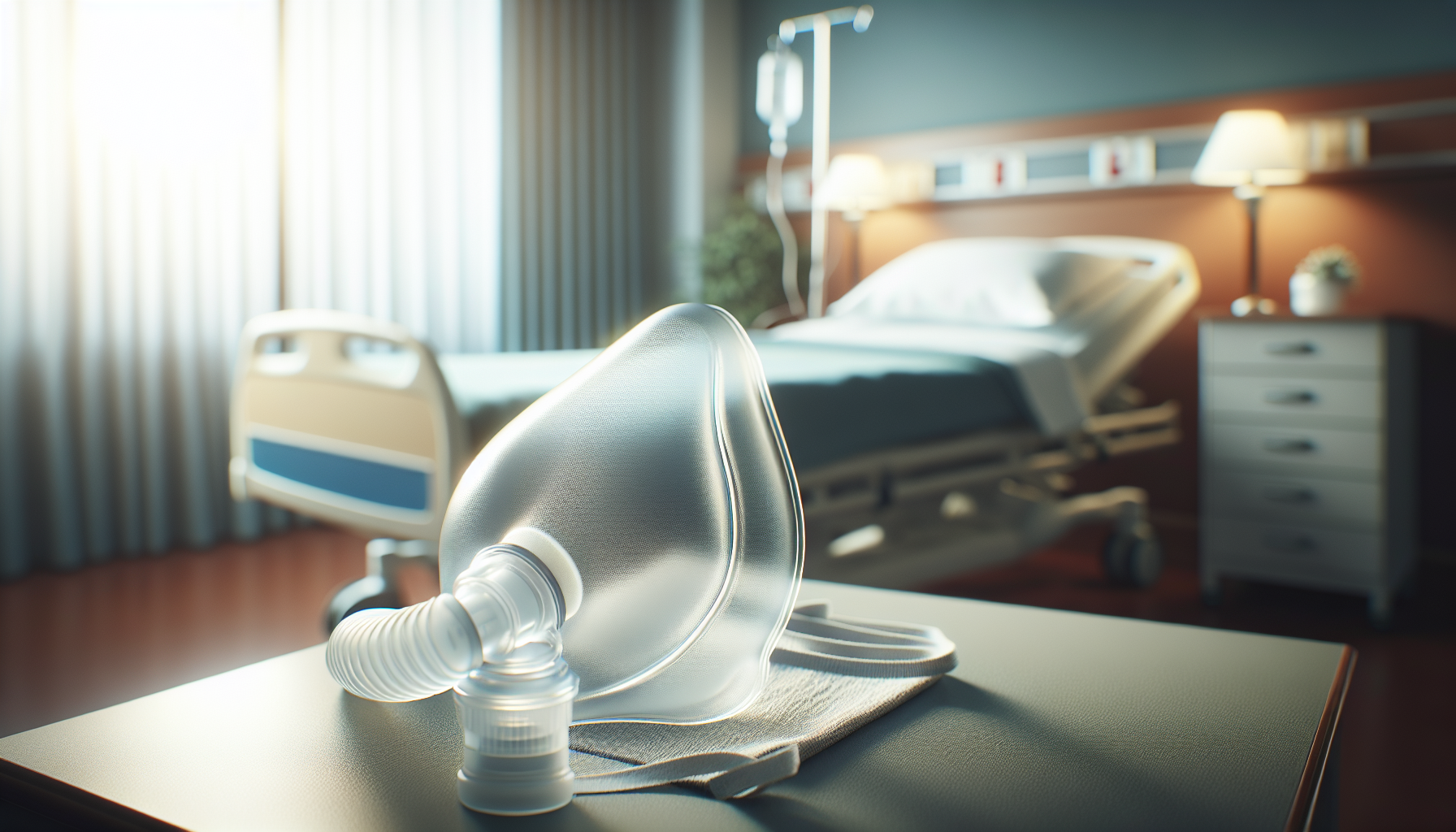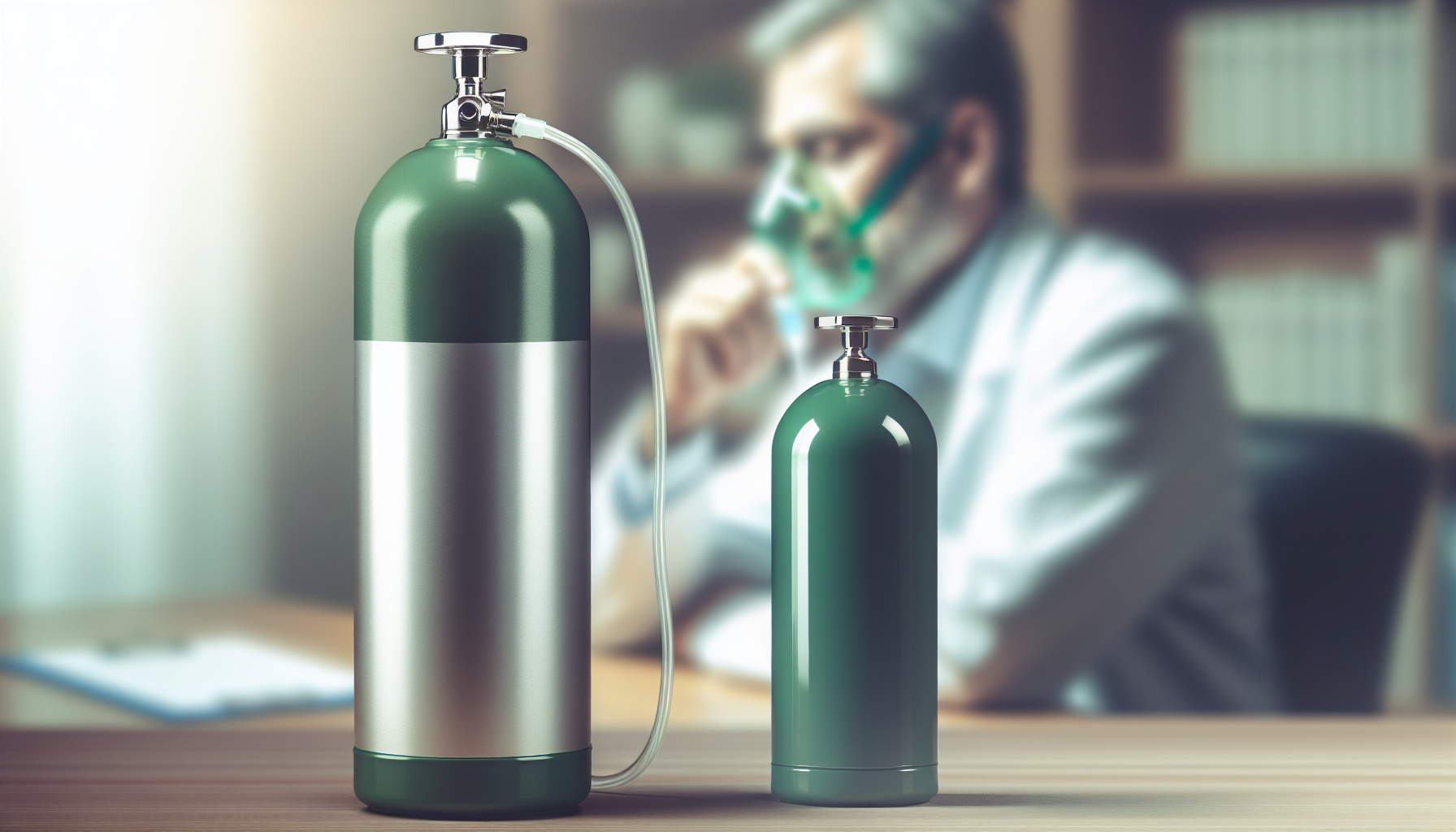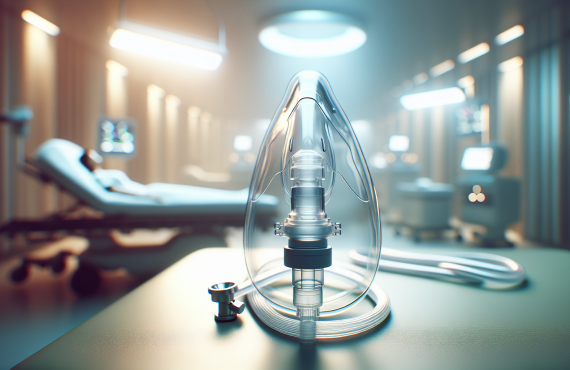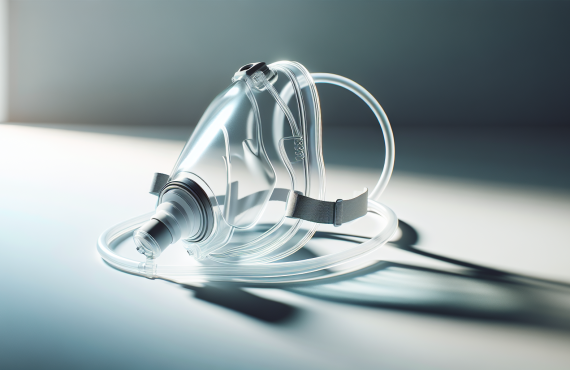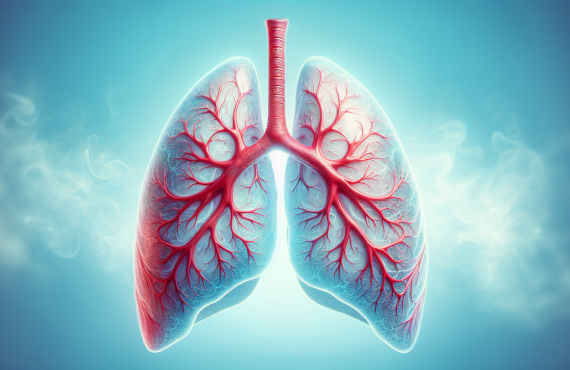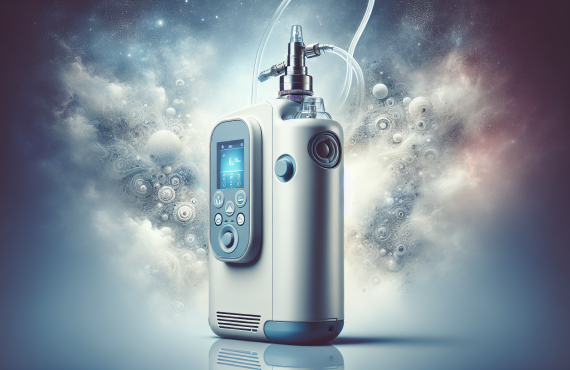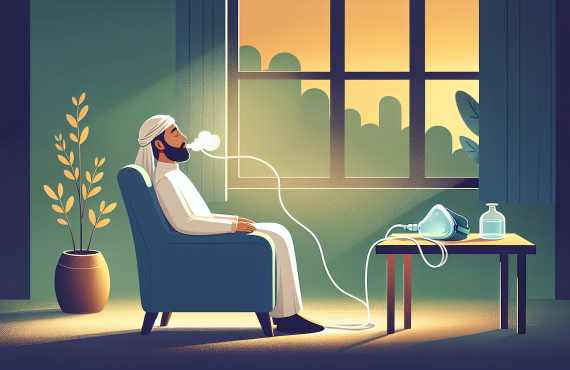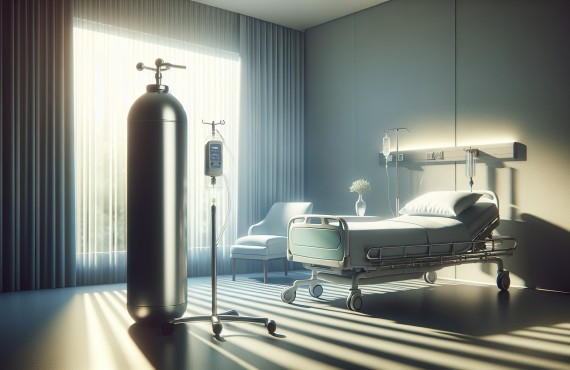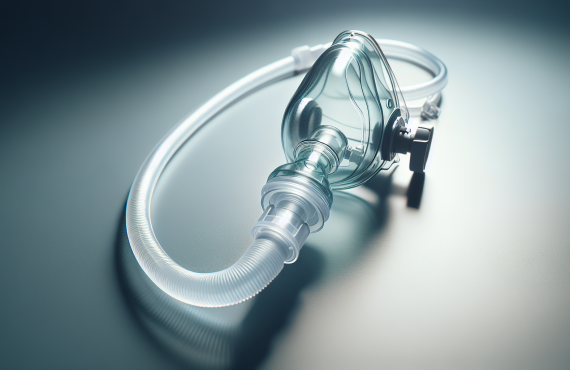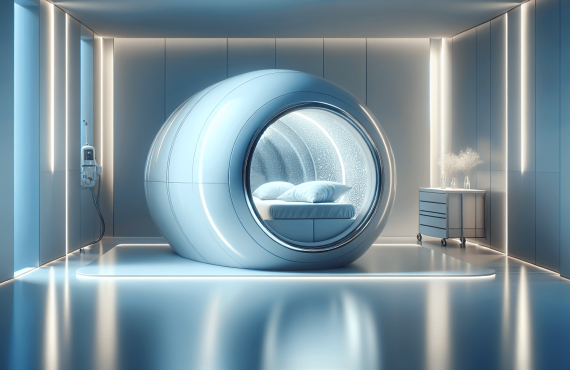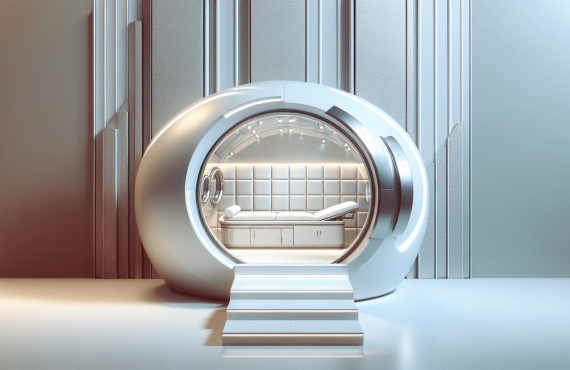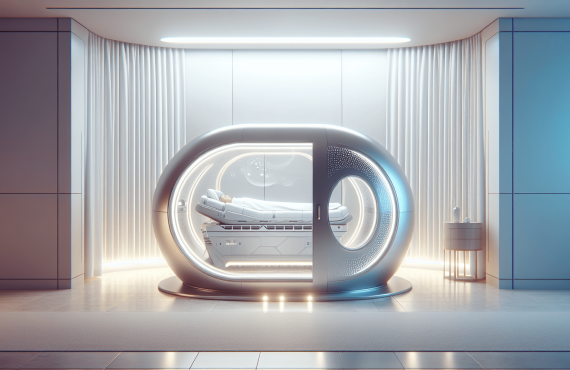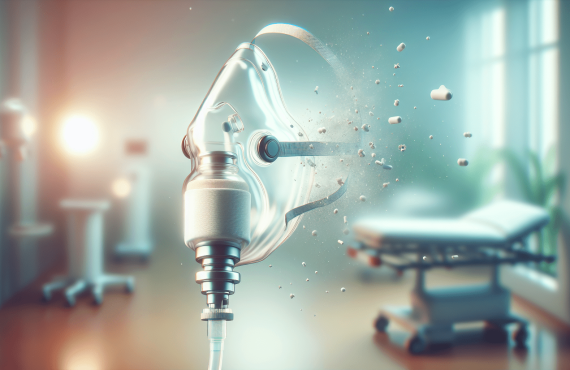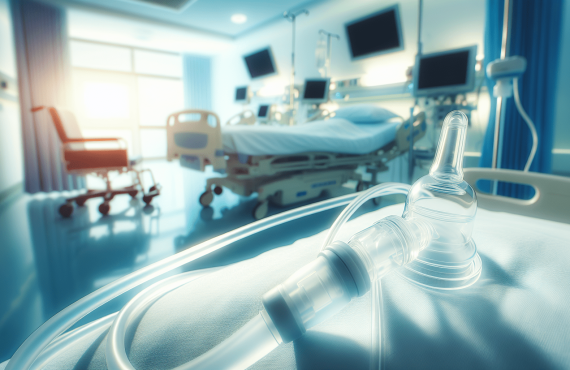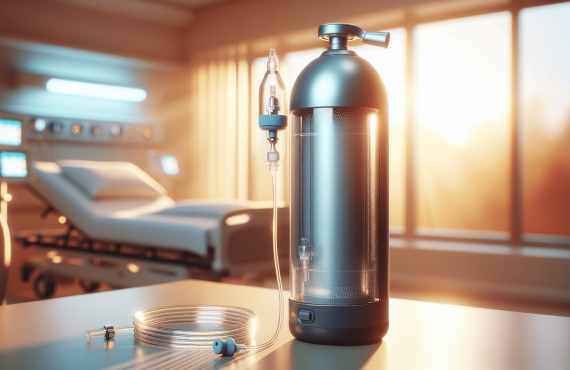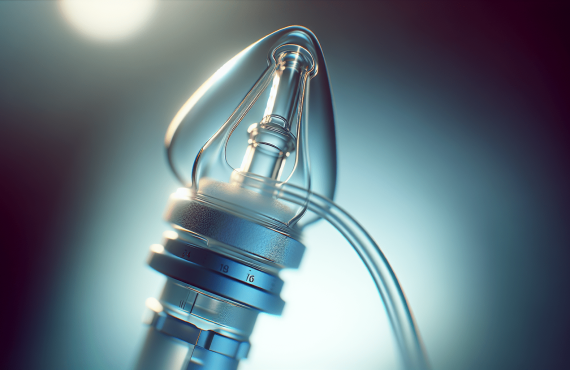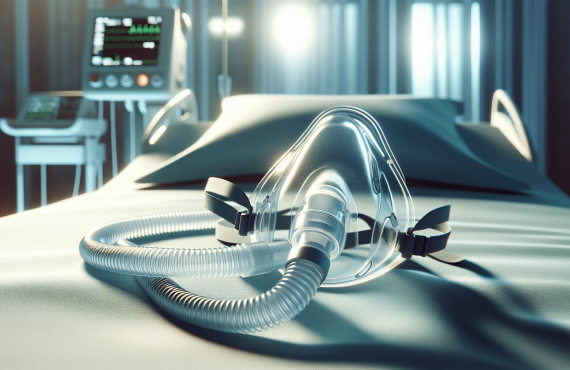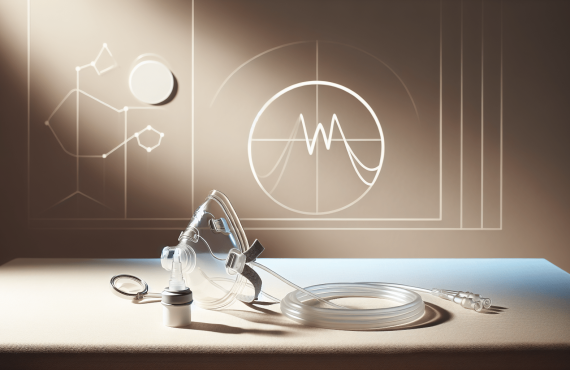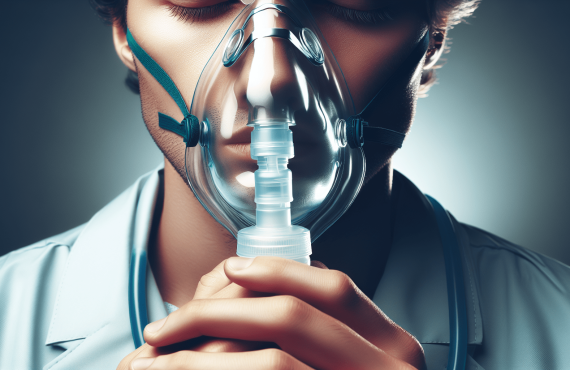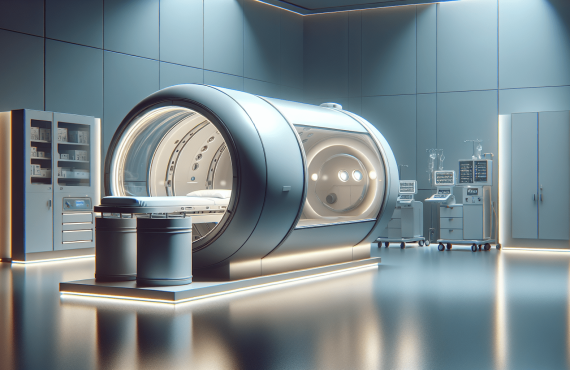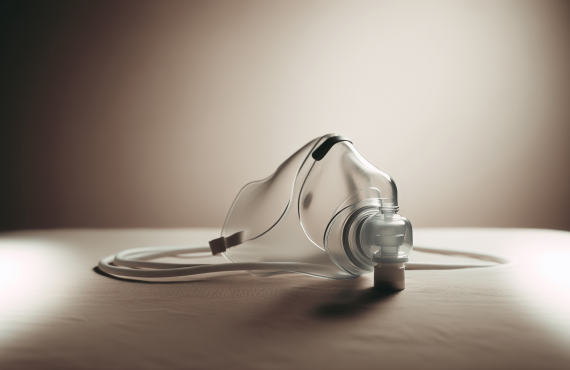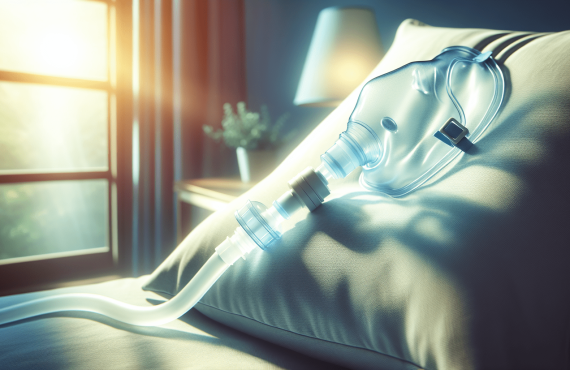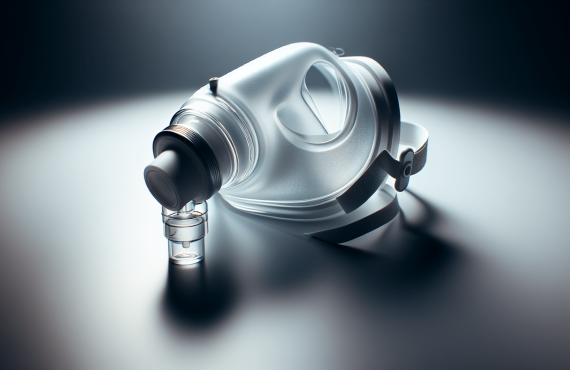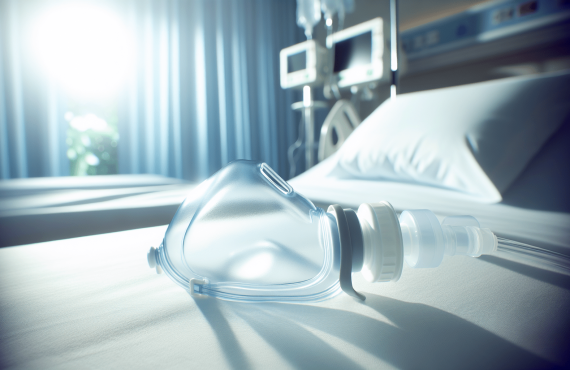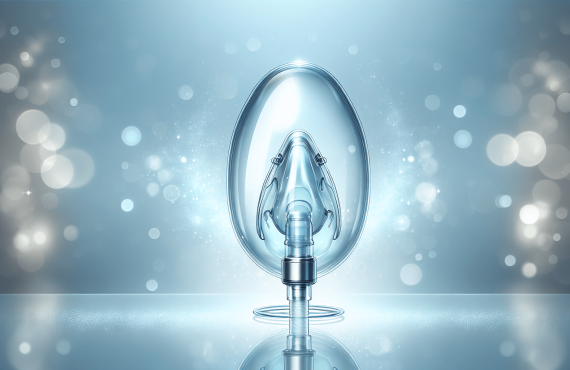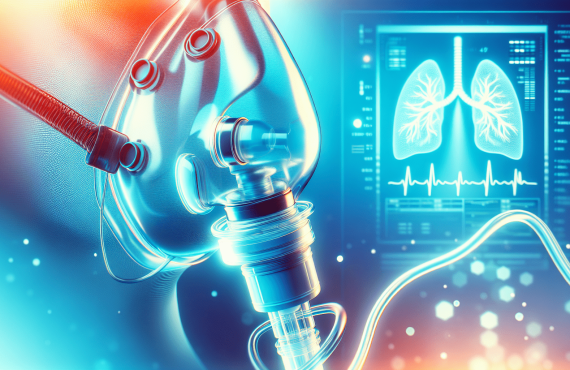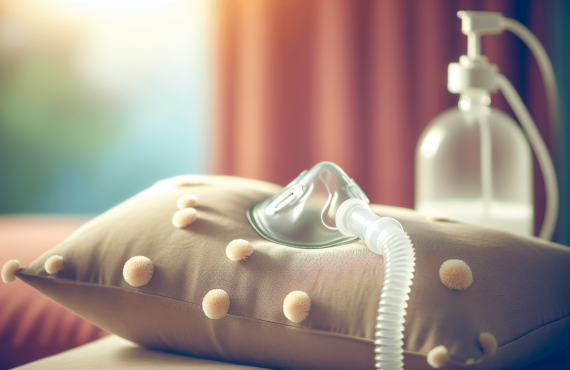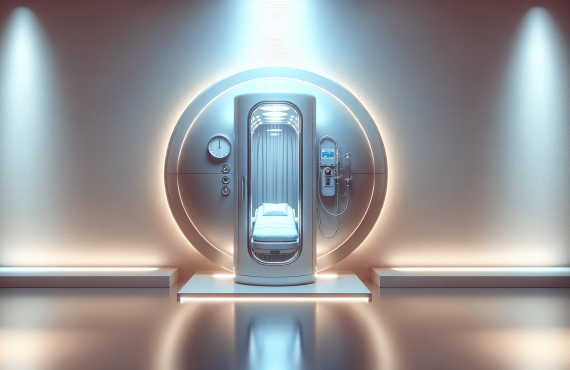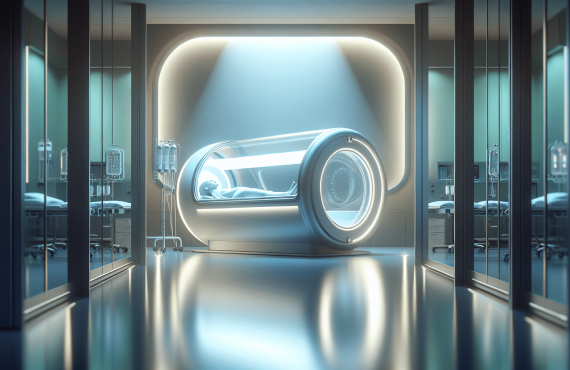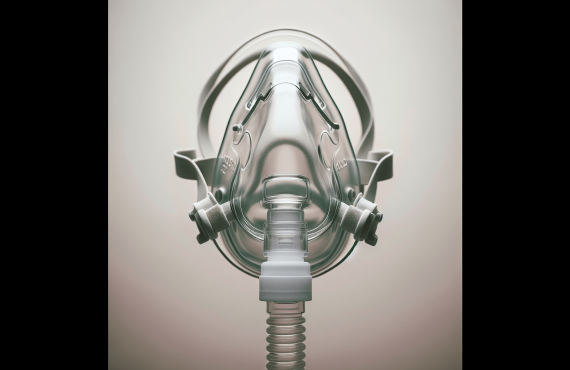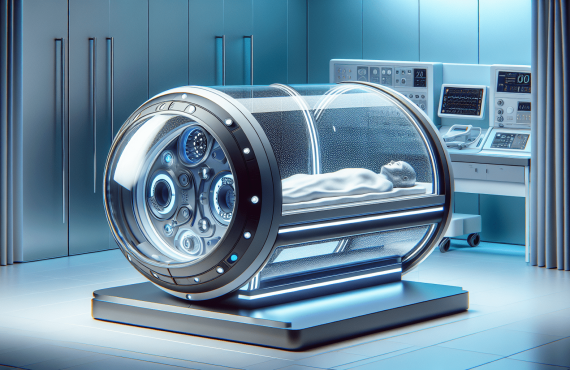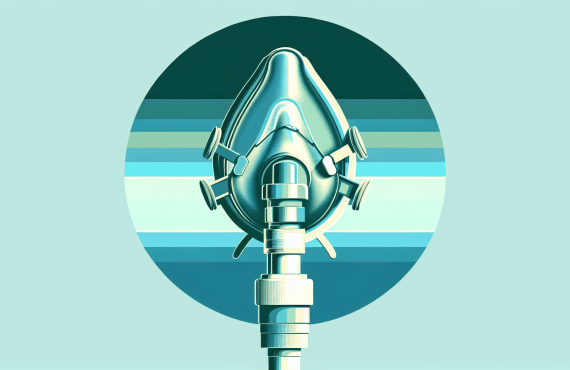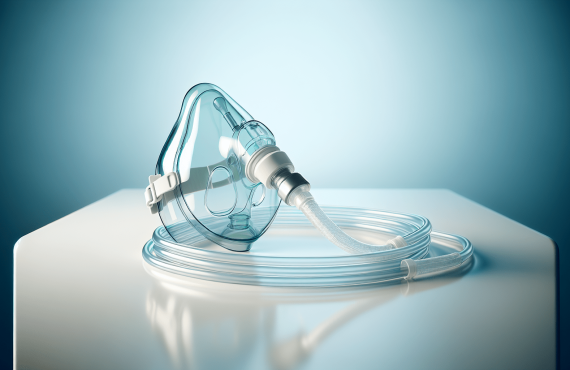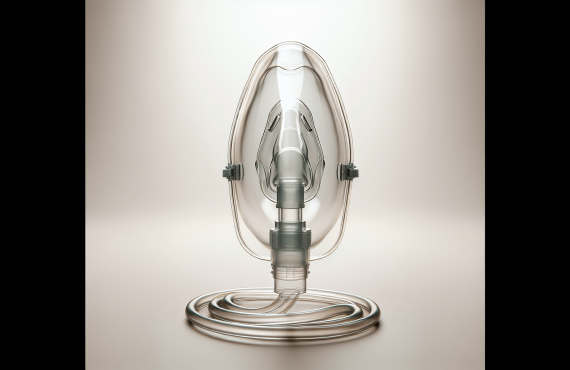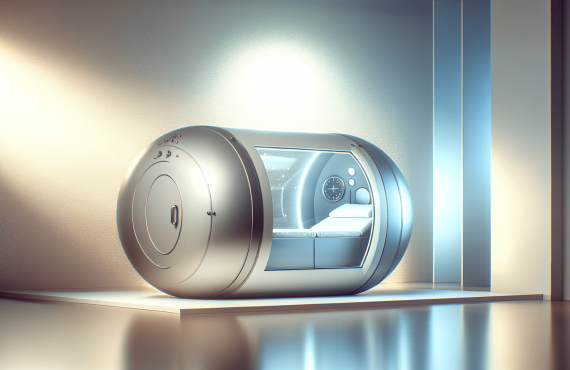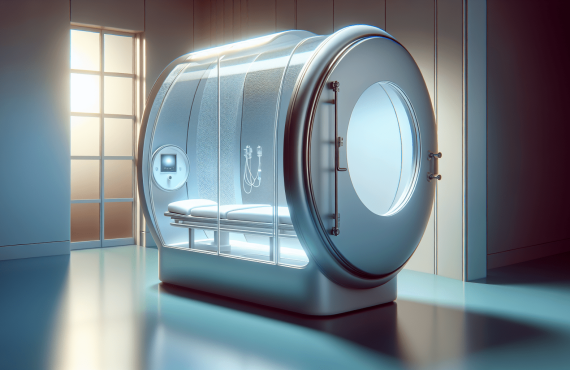Have you ever wondered at what stage of Chronic Obstructive Pulmonary Disease (COPD) oxygen becomes necessary? COPD is a progressive condition that affects your ability to breathe. Understanding the stages of this disease is crucial, especially when you or someone you know is living with it. When is it exactly that supplemental oxygen becomes part of the treatment plan?
Table of Contents
Understanding COPD
COPD is a chronic inflammatory lung disease that obstructs airflow from the lungs. It typically includes emphysema and chronic bronchitis. Symptoms include breathing difficulties, cough, mucus production, and wheezing. Long-term exposure to irritating gases or particulate matter, most often from cigarette smoke, is a major cause of COPD.
The Stages of COPD
COPD progresses through four main stages, each with varying severity of symptoms. Determining these stages involves checking the level of airflow obstruction using spirometry, a pulmonary function test.
-
Mild COPD (Stage 1)
- You might not even notice the slight limitations in airflow at this stage. Symptoms are mild and could be passed off as normal respiratory aging. You might experience occasional shortness of breath or a mild cough.
-
Moderate COPD (Stage 2)
- This is where most people begin to seek medical advice. The cough becomes more persistent, and shortness of breath becomes noticeable during physical activities like walking. At this point, lifestyle changes and medications are used to manage symptoms.
-
Severe COPD (Stage 3)
- Symptoms worsen significantly. Your quality of life is affected as breathing becomes more difficult. Activities that were once routine start to require stops for rest. The risk of flares, or exacerbations, increases. You may start considering pulmonary rehabilitation programs to manage your symptoms more effectively.
-
Very Severe COPD (Stage 4)
- Also known as end-stage COPD, this stage significantly impairs your breathing and activity. Oxygen therapy often becomes a necessity at this point to maintain adequate oxygen levels in your bloodstream, especially during times of exertion or sleep.
Why Use Oxygen Therapy?
So, what’s the importance of oxygen therapy? When your blood oxygen levels drop too low, it can lead to complications such as heart strain, mental confusion, and organ dysfunction. Supplemental oxygen helps maintain healthy levels, ensuring all your organs get the oxygen they need to function.
When is Oxygen Therapy Prescribed?
Oxygen therapy is usually prescribed during Stage 4 of COPD, but some patients in Stage 3 may require it. Your doctor might recommend oxygen therapy if:
- Your blood oxygen level, measured by a test called arterial blood gas, is consistently low.
- You experience severe breathlessness that affects your daily life.
- You have frequent flare-ups that put additional strain on your heart.
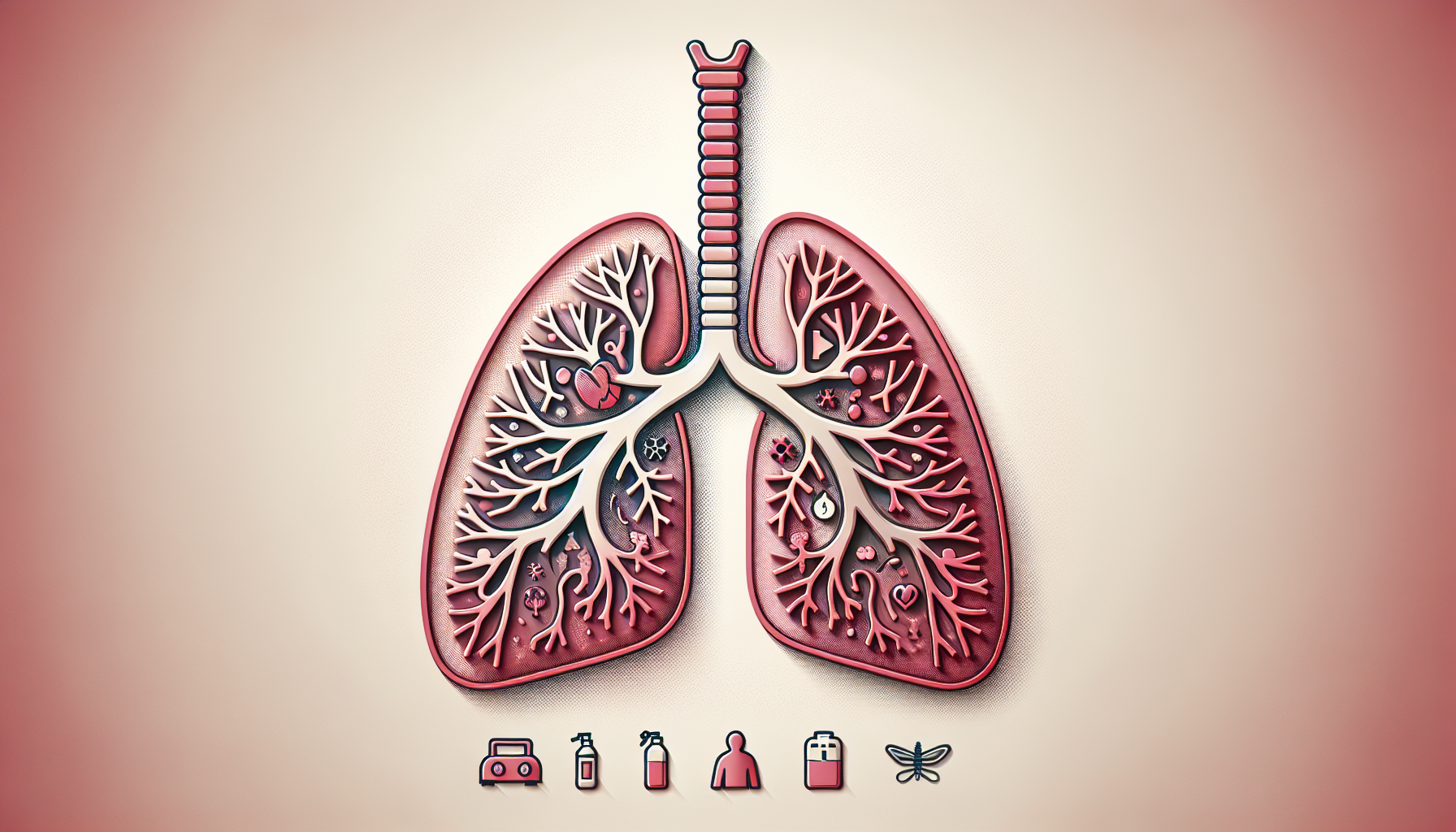
How Does Oxygen Therapy Work?
Getting started with oxygen therapy might seem daunting, but it’s straightforward in practice. Most patients receive their oxygen through a nasal cannula or mask. The delivery method often depends on your specific needs and lifestyle.
At-Home Solutions
The oxygen source can be portable oxygen concentrators or larger, stationary concentrators at home. Portable units allow you to maintain an active lifestyle despite requiring supplemental oxygen. They can also be refilled or recharged easily, ensuring you have a continuous supply no matter where you go.
Risks and Benefits of Oxygen Therapy
Like any treatment, oxygen therapy has its risks such as potential oxygen toxicity if levels are not adjusted correctly. It’s crucial to adhere to your healthcare provider’s guidelines to avoid complications.
The benefits, on the other hand, include enhanced energy levels, improved sleep and physical activity tolerance, and a better overall quality of life. Patients often find they can enjoy activities that were once taxing or impossible before starting therapy.
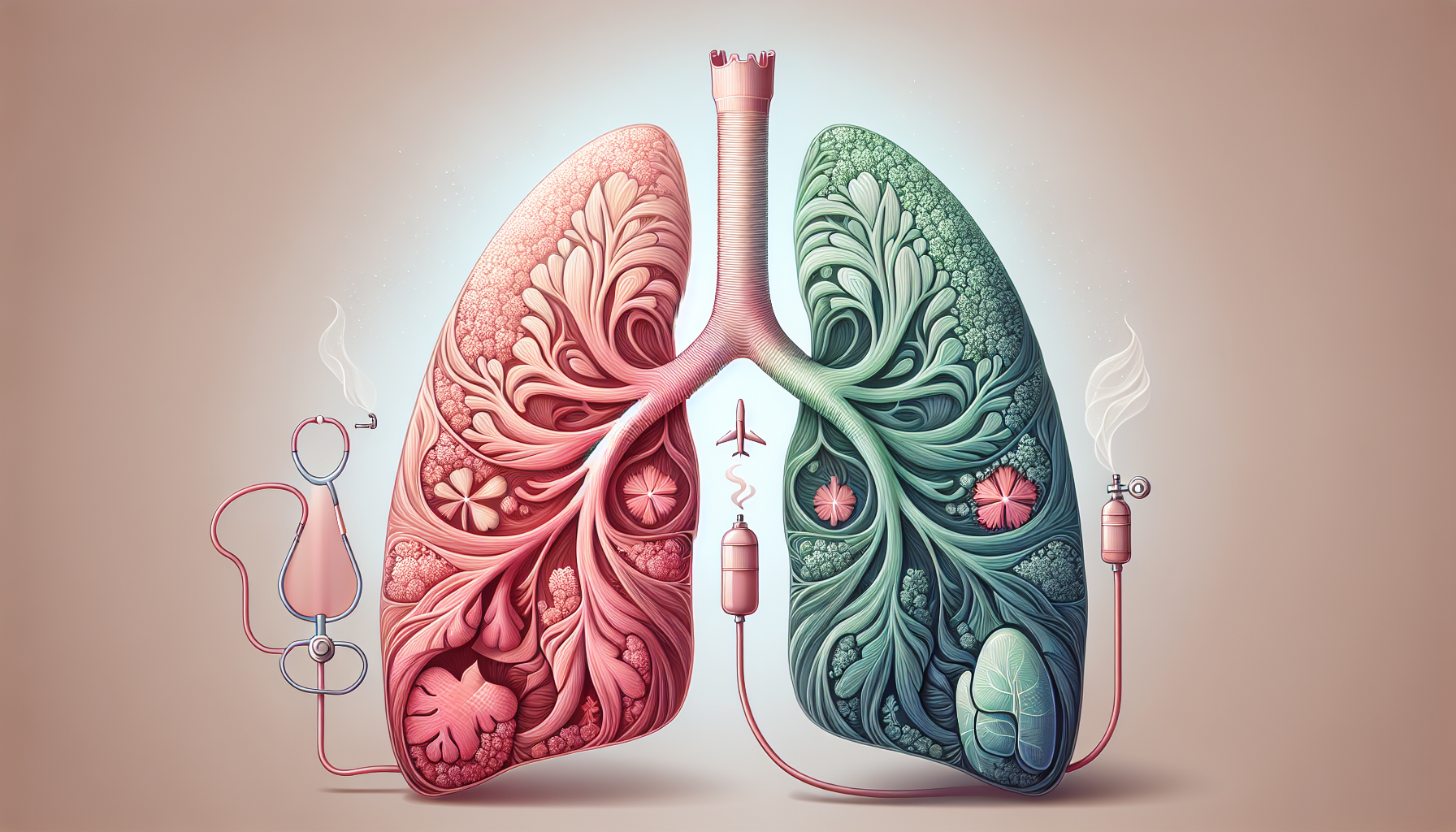
COPD Management Beyond Oxygen Therapy
Oxygen therapy is only one aspect of managing COPD. A comprehensive approach includes medication, lifestyle changes, and possibly pulmonary rehabilitation.
Medications
Bronchodilators relax muscles around your airways, helping to open them and make breathing easier. Corticosteroids reduce airway inflammation. Medications might be delivered via inhalers or nebulizers.
Lifestyle Changes
Quitting smoking is the single most effective step you can take to slow COPD progression. Eating a healthy diet and exercising moderately can also strengthen your respiratory muscles and improve overall health.
Pulmonary Rehabilitation
This program combines education, exercise training, and behavioral changes. It aims to improve your ability to perform daily activities and manage symptoms effectively.
Hyperbaric Therapy and COPD
An interesting adjunctive therapy for COPD is hyperbaric oxygen therapy. Although not a primary treatment, it might offer benefits alongside conventional care.
How Hyperbaric Therapy Works
In hyperbaric therapy, you breathe pure oxygen in a pressurized chamber. This increases oxygen levels in your blood, promoting healing and regeneration in tissues with restricted blood flow.
Benefits for COPD Patients
While more research is necessary, some patients report improved breathing and reduced symptoms after undergoing hyperbaric therapy. It’s important to discuss this option with a healthcare professional to see if it suits your needs.
Understanding Hyperbaric Therapy Further
To learn more about hyperbaric therapy and its potential benefits for COPD, contact Dr. Craig Henry or Dr. Aaron Hixon at Henry Chiropractic in Pensacola, Florida. They offer insights into complementary therapies that align with chiropractic care.
- Address: 1823 N 9th Ave, Pensacola, FL 32503
- Phone: (850) 435-7777
- Website: Dr. Craig Henry’s Website
FAQ
What are the early signs of COPD?
Early signs include a chronic cough, often with mucus, and shortness of breath, especially during physical activities. If you’re a smoker or have been exposed to lung irritants, these signs could be crucial.
How is COPD diagnosed?
Diagnosis involves spirometry to assess lung function, chest X-rays, and possibly CT scans. Your doctor will evaluate your symptoms, medical history, and current lung function.
Can COPD be cured?
There is no cure for COPD, but treatments can help manage symptoms. Quitting smoking and adhering to your treatment plan can slow the progression.
How does lifestyle affect COPD?
Your lifestyle has a significant impact on COPD management. Quitting smoking, eating a balanced diet, and engaging in regular, appropriate physical activities are key.
What should I expect from a pulmonary rehabilitation program?
Expect a mix of exercise training, nutritional advice, and breathing strategies. These programs tailor activities to your abilities, aiming to improve your quality of life and ease of respiration.
COPD management requires a detailed, multi-faceted approach. Understanding your stage of COPD and how oxygen therapy and other treatments can help is vital. Engage with your healthcare providers to make informed decisions and continue engaging fully in life.


